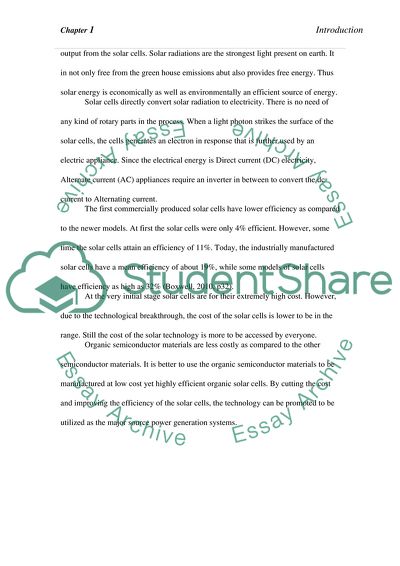Cite this document
(Organic Solar Cells Literature review Example | Topics and Well Written Essays - 2500 words, n.d.)
Organic Solar Cells Literature review Example | Topics and Well Written Essays - 2500 words. https://studentshare.org/physics/1815681-organic-solar-cells
Organic Solar Cells Literature review Example | Topics and Well Written Essays - 2500 words. https://studentshare.org/physics/1815681-organic-solar-cells
(Organic Solar Cells Literature Review Example | Topics and Well Written Essays - 2500 Words)
Organic Solar Cells Literature Review Example | Topics and Well Written Essays - 2500 Words. https://studentshare.org/physics/1815681-organic-solar-cells.
Organic Solar Cells Literature Review Example | Topics and Well Written Essays - 2500 Words. https://studentshare.org/physics/1815681-organic-solar-cells.
“Organic Solar Cells Literature Review Example | Topics and Well Written Essays - 2500 Words”. https://studentshare.org/physics/1815681-organic-solar-cells.


